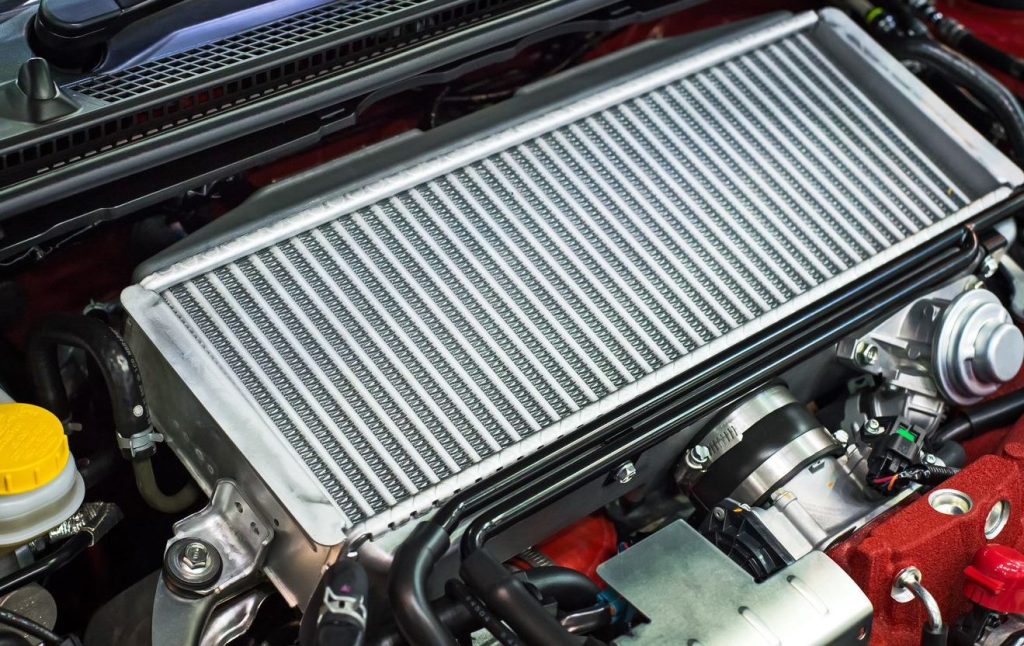The coolant that controls your engine’s temperature relies on the radiator to keep it cold. Without a fully functioning radiator, your engine will rapidly overheat and run into all sorts of costly problems. Fortunately, radiators usually last a good ten years. But if you notice any of the following signs of trouble, visit your local Toyota dealer for radiator repair before the problems spread to your engine.

Your Engine’s Overheating
The most urgent indication of a malfunctioning radiator is an overheating engine. As soon as things begin to heat up, you’ll see the temperature gauge on your dashboard shoot up. An additional warning light that looks like a little thermometer will also come to life.
Another sign of overheating is knocking sounds as the mechanical engine parts start to struggle. You might smell something burning and your hood will become hot to the touch. If the temperature passes 230 degrees, the water component of the coolant will begin to boil, and you’ll see steam escaping from under your hood. It’s wise to pull over at the first sign of overheating before a gasket blows or the engine seizes up.
Your Radiator’s Rusting
When inspecting your radiator, look for signs of rust or other corrosion. This is more commonly a problem in colder conditions and also in wet, humid climates. When a car is left unused for long periods, you should also check for rust more often.
Rust usually makes its first appearance around the radiator’s cap or connections. If you find minor rusting, you can usually clean it with WD-40 or another effective rust remover. But deeper rusting will have compromised the structure of the radiator and might lead to leaking coolant. You’ll probably need to have the radiator replaced.
Your Coolant’s Discolored
Radiators can rust from the inside as well if aging coolant loses its anti-rust properties. Internal rust will reduce the coolant’s ability to lower the engine’s temperature and will eventually cause a radiator leak.
When checking your radiator, take a look at your coolant reservoir. Coolant is usually a bright, clean color, such as red, blue, green, pink, orange, or yellow. If your coolant has faded to a rusty brown, it’s likely that your radiator is rusting from the inside.
Your Coolant’s Leaking
Coolant needs to be kept at a suitable level to serve its purpose. When a car’s cooling system springs a leak, the leak most often originates around the radiator or radiator hoses. In the event of a leak, you’ll usually see a brightly colored fluid puddling on the ground under the front of your car.
Visit Your Toyota Dealer for Radiator Inspection
As with most potential car issues, prevention is better than cure. If you have your radiator inspected once a year, you’re unlikely to be surprised by a problem. Also, follow your owner’s manual for the recommended frequency of coolant flushing. Most drivers have their coolant refreshed every 30,000 miles or so.
Have your radiator examined and repaired today by experienced technicians at Coughlin Toyota. We’re an award-winning local dealership dedicated to providing top-notch customer service.





